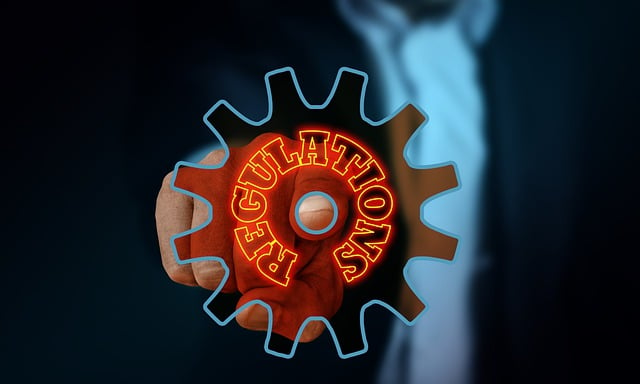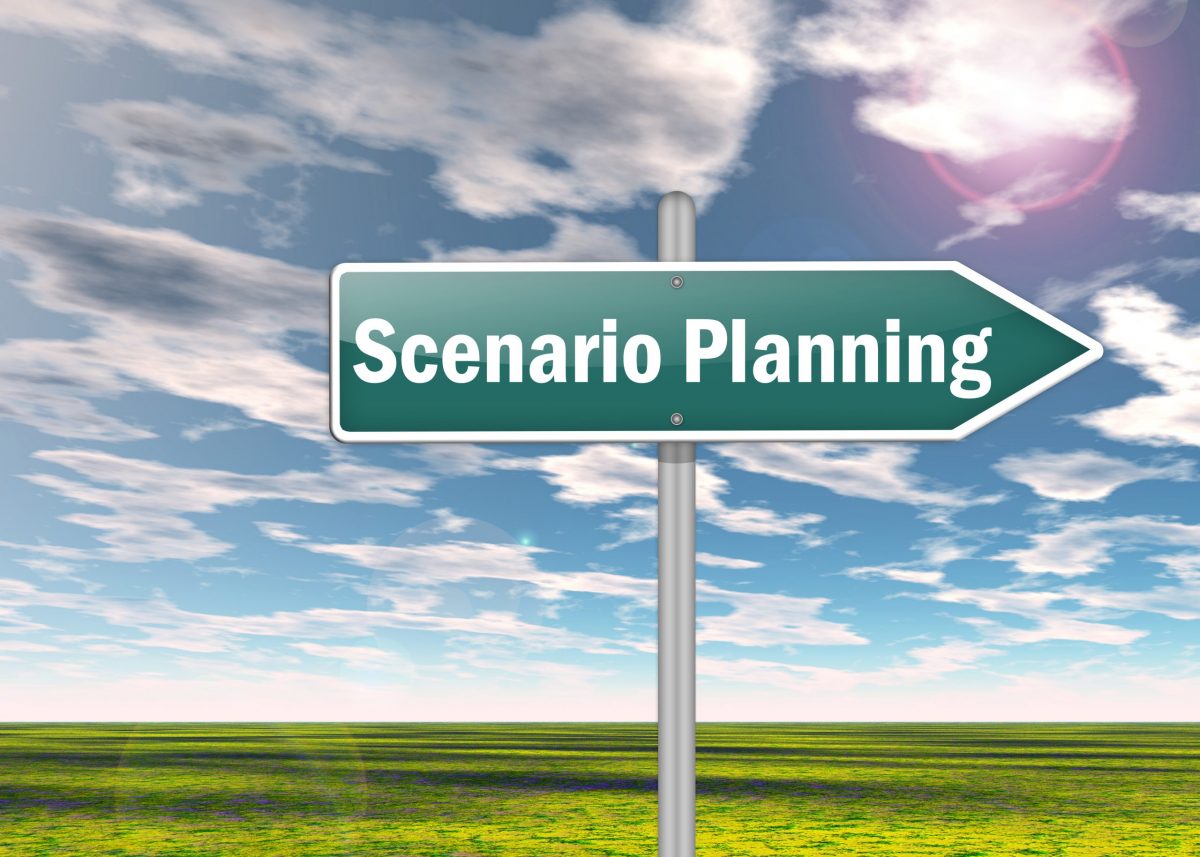
No More "Chevron Deference": A Primer for Nonprofits
12.19.2024 | Linda J. Rosenthal, JD

“The COVID-19 crisis has created a moment of hyper-uncertainty for social sector organizations. No one knows how the future will unfold…” write the lead authors of an important new collaborative report just published on July 20, 2020. Nonprofit and foundation leaders “… find themselves swamped by having to make organization-defining choices during” this extraordinary period of disruption.
We explained in Part One of this multi-part series that the Monitor Institute, the social-change consultancy of Deloitte LLP, began a major research project in April 2020. The goal was to quickly develop a crisis-planning analytical framework for the nation’s nonprofits and foundations to navigate the unprecedented chaos right now and during the next 12-18 months. The first product is a 26-page report (“Report”) titled COVID-19 scenario planning for nonprofit and philanthropic organizations (July 2020).
Michael Anft, writing for The Chronicle of Philanthropy, provides more background than the Report itself on how and why the Monitor Institute decided to undertake this important study. See New Report Offers 4 Scenarios for How Covid and the Economy’s Fall Will Reshape the Nonprofit World (July 20, 2020).
This Report is not at all the end of the process; note the subheading of the Report: An Event or an Era? Resources for social sector decision-making in the context of COVID-19. In the coming months, the Monitor Institute will follow-up on “several different fronts” including “identifying potential ‘cascading aftershocks’ that the field may need to prepare for in the wake of the immediate effects of the pandemic” as well as “potential ‘reset opportunities’ that might allow funders and nonprofits to make new progress on critical [social-policy] issues.
We’re discussing this important research in several successive blog posts because it includes so many critical “moving parts.” The team doesn’t even present the four scenario-planning models until page 11 of the 26-page document.
In Part Two, we’ll review what comes before the “meat and potatoes” section of COVID-19 scenario planning for nonprofit and philanthropic organizations (July 2020). First, the lead authors, Gabriel Kasper and Justin Marcoux, discuss how the “scenario-planning” approach used in this study is broader and somewhat different than what was commonly understood in the sector before the pandemic. “COVID-19 is a crisis unlike any we have faced,” they emphasize, and it “isn’t occurring in isolation….[It] will increasingly serve as a compounding backdrop for many other issues we face, ….”
Second, they explore a necessary step in “[c]reating stories about the future….at a time when so much is uncertain.” They discuss five “prudent assumptions”; that is, “baseline realities that organizations will need to come to terms with….”
Third, they present “five critical uncertainties that … have the potential to tip the future of the social sector in one direction or another….”
Previously, in Part One, we explained the tug-of-war between proponents of the traditional “strategic planning” model of crisis planning and others who insisted that the standard model just cannot work in our current extraordinary circumstances. The Monitor Institute’s team firmly concurred with the latter analysis.
What is “scenario planning”? It’s not “about what will happen. ”It’s a way to approach the future by acknowledging that “even in the best of times, we can’t accurately anticipate what will come ahead.” It’s a process to “…imagine plausible pictures of the future and rehearse how their organizations might respond.” It’s a “structured process” designed to help leaders “stretch their thinking, challenge their traditional assumptions, and drive better strategic decision-making.”
Pre-pandemic scenario planning in our sector was different; typically, they were “contingency planning exercises focused on best-, medium-, and worst-case revenue projections.” While this aspect of crisis planning remains critical, it isn’t sufficient because the “current disruption is far more than just financial” and it’s evolving at a terrifying – indeed emotionally crippling” – speed.
The main goal of the research team has been to present a framework to meet the immediate “challenge” of “helping organizations move from thought to action in the midst of great uncertainty.” This is the “scaffolding” the lead authors refer to in the Report’s Introduction that may help sector leaders take the first step – action – even in the midst of this scary chaos.
“For nonprofits that have managed to weather the initial storm, continued survival and effectiveness will depend on the ability to adapt strategies and operating models to new post-COVID realities, whatever they may look like. And many philanthropic funders, having decided on an initial emergency response, are struggling to figure out what to do next.”
Ordinarily, in a scenario-planning exercise, the participants will consider and acknowledge, upfront, the uncertainties ahead: “the key things we don’t know and how they might interact to produce very different futures.” But this is no ordinary crisis or disaster. The research team determined that in a time like now “… when so much is uncertain,” it’s a good idea to pivot first “to focus on what we do have a grasp on—what Deloitte futurist Eamonn Kelly calls ‘Prudent Assumptions.’” Mr. Kelly defines this term as “… baseline realities that organizations will need to come to terms with—and hold onto—in order to begin moving forward in the midst of great uncertainty.”
The five “realities” selected are:
If some of these “realities” might have been educated conjecture back in March at the beginning of the period that COVID-19 began sweeping across the United States, it’s clear to anyone watching the news or reading the headlines that each and every one of these five “prudent realities” has already proved accurate.
Only after coming to terms with each of the five “prudent assumptions” – (including perhaps the most wrenching in terms of direct impact on the philanthropic sector; that is, lots of organizations will close up or merge) – can scenario planners deal with confronting the many, daunting, uncertainties in the weeks and months ahead.
“[T]hese critical uncertainties [are] the building blocks for creating scenarios. Think of them as a continuum of possible outcomes (normally visualized as an axis), and by labeling both ends of the axis, we should be able to imagine both end points being plausible.”
Monitor’s research team narrowed this list down to “at least five critical uncertainties that [may] tip the future of the social sector in one direction or another. Note the caveat; at least these five items will contribute to the confusion of our near future. There may be more than these five:
Within each of these five “critical uncertainties,” there are additional layers of what we don’t know because each is (a) “volatile” and (b) has the potential for an “unusually high impact on how the future may unfold.”
There’s another huge “elephant in the room” that this research team deliberately omitted as one of the uncertainties: that is, the November 2020 election. They know it’s a controversial decision, but the bottom line is there are too many possible outcomes (considering all of the federal, state, and local races, and how big a role governments at all levels are involved in the COVID-19 response). They wanted to avoid falling in the trap of oversimplifying it.
In the “Crisis Planning” section of our micro-site dealing with COVID-19 issues, we emphasize that “[a] key question for each organization is how to plan – if, indeed, planning is even possible in the face of massive and unprecedented uncertainty.”
That’s where this Report can be so valuable: providing “scaffolding” to the sector during this time when the leaders “… may find themselves alternately paralyzed or swamped by a crushing number of choices….”
— Linda J. Rosenthal, J.D., FPLG Information & Research Director
